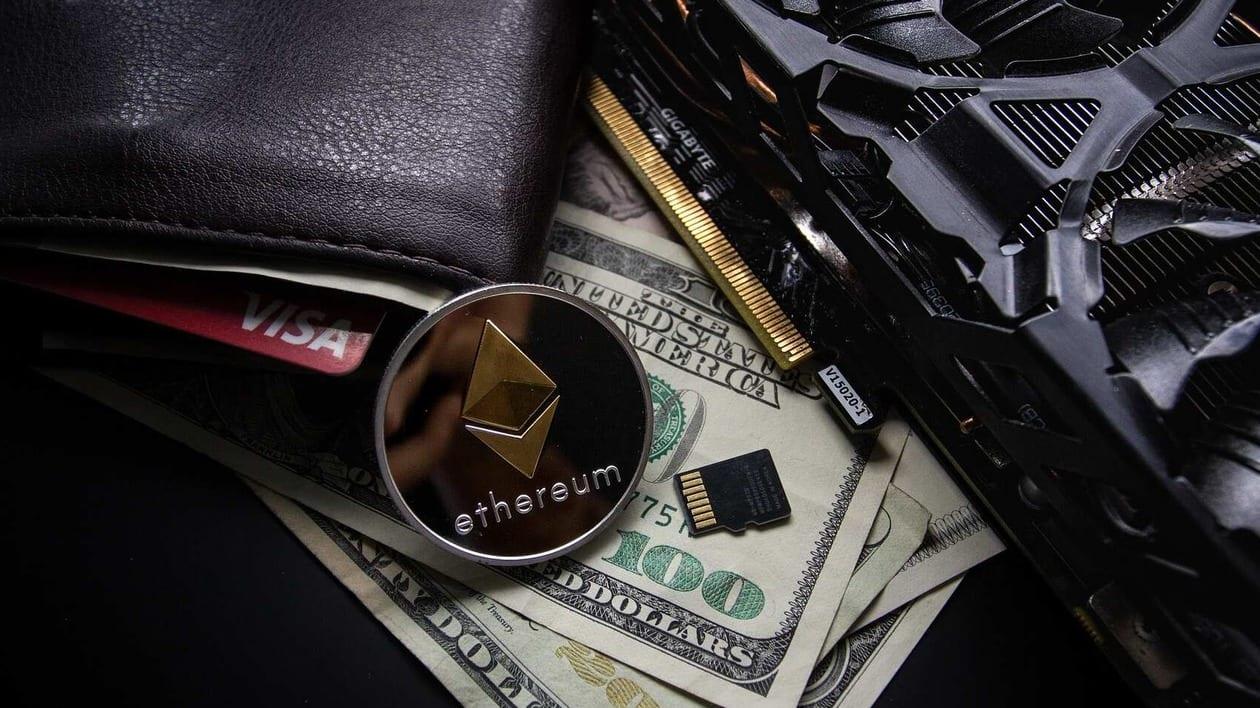Can you imagine a currency that is created on blockchain just like bitcoin but stays stable in value like the US dollar? Well, if you are looking for a blend of these features, then you might want to explore stablecoins such as Tether.
Stablecoin is a type of cryptocurrency with relatively less volatility in price because it pegs its market value to an external reference asset such as a fiat currency. They have become popular for offering the best of both worlds -- quick processing of cryptocurrency, and stability of fiat currency.
Stability that these tokens offer comes from collaterisation or via algorithmic mechanisms of buying and then selling its reference asset such as US dollar or its derivatives.
Tether was the first stablecoin created in 2014, and several stablecoins were made on its lines.
Stablecoins promise to assure what cryptocurrencies lack i.e. stability. Let us understand how cryptos fail to serve the purpose of fiat currency.
There are several cryptocurrencies such as Bitcoin, Ethereum, Polkadot and Litecoin built on blockchain technology. But their extreme volatility makes them unreliable.
Currency is meant to be used to buy goods and services. If they fluctuate wildly on a daily basis, it is unfeasible to treat them on the basis of their purchasing power which changes very fast – that too wildly. The users are unlikely to adopt a currency if they are unsure of its purchasing power the next day.
This is where stablecoins become relevant as they offer stability of price.
Andy Mukherjee, in an opinion piece for Mint, aptly refers to these tokens as “less turbulent corridor”.
Stability of currencies
There are two key reasons for the price stability of fiat currencies. One is that fiat currencies are backed by an asset such as gold or foreign exchange that act as collateral. This prevents these currencies from extreme volatility.
The second factor that prevents these currencies from wild swings is the timely actions taken by the central bank (RBI in case of India) that increases or decreases the supply as the situation might demand.
In cryptocurrencies, both these measures are missing that cause the wild swings to occur. Stablecoins, although free from regulations, keep collateral to bolster their price stability.
There are essentially three kinds of stablecoins based on the type of collateral they keep.
Types of stablecoins
A. Collateralised via cryptocurrencies: They have a particular cryptocurrency as collateral. Although cryptocurrency’s price fluctuates a lot, the stablecoins tend to over-collateralise the tokens which means a greater number of cryptocurrency tokens are used as backing for lower number of stablecoins.
B. Fiat collateralised: These coins are backed by fiat currencies such as the US dollar.
C. Algorithmic stablecoins: The non-collateralised stablecoins follow a working mechanism such as that of a central bank, to maintain stability in price. The working mechanism could be to increase or decrease the supply of coins based on the need.
Need of Regulations
Just like other cryptocurrencies, stablecoins are unregulated. And needless to mention that stablecoins are quite widely used for transactional purposes. They can be used to buy other crypto assets and to execute smart contracts which are agreements between two contracting parties without any mediator such as a bank or financial institution.
Considering their popularity, monetary regulators are bent upon regulating these tokens with the Federal Reserve calling for a regulatory framework for stablecoins.
Gary Gorton and Jeffery Zhang in their paper ‘Taming Wildcat Stablecoins’ said that the ‘no-questions-asked’ property of fiat currencies may not hold for stable coins since they are unregulated.
As we summarise, we can highlight that stablecoins tend to stay relatively stable in their prices in comparison to cryptocurrencies. They manage to do this by maintaining collaterals in the form of assets. However, just like cryptos, they too are unregulated, but may not remain so for too long.
